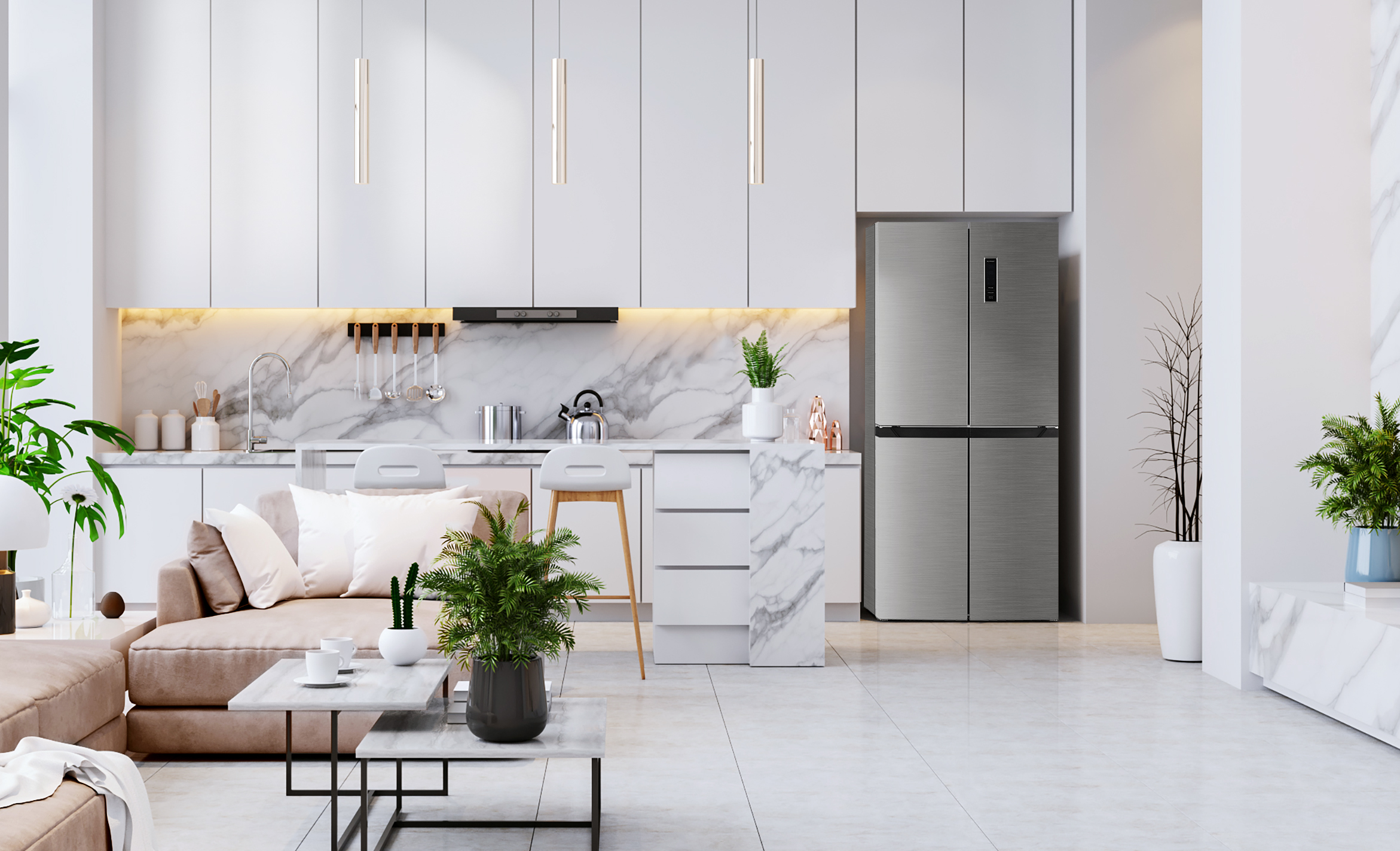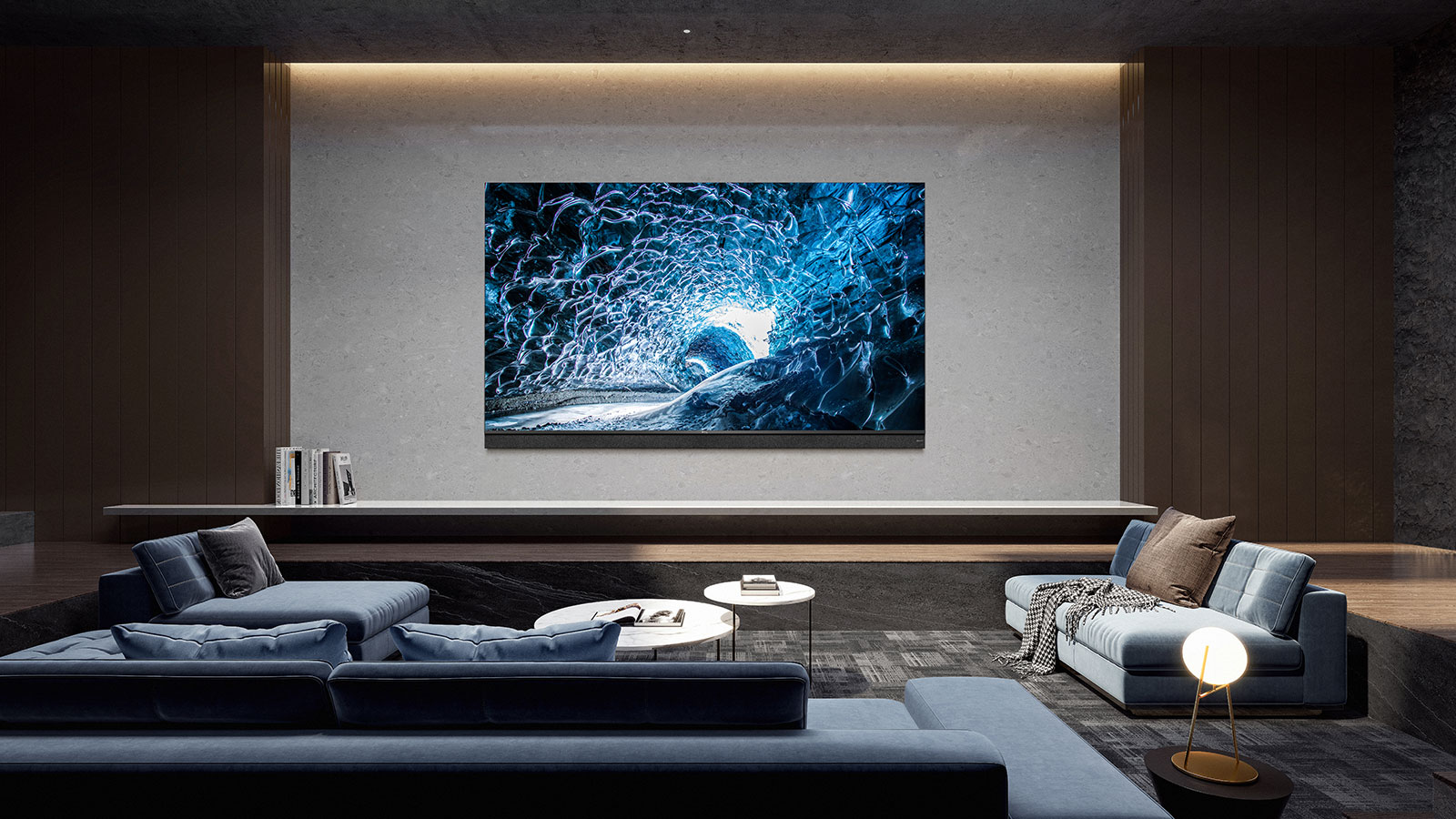
TV technologies change rapidly, and staying on top of them is difficult – there are too many things to follow, from panels to projectors and everything in between. But out of all those technologies, the one you should be keeping your eyes peeled for is mini-LED, especially if you’re getting a higher-end model and want the best there is. Forget about old projectors for a high-quality experience – mini-LED is where it should be!
So, for those of you who are looking for prime quality, what is a mini-LED TV? It’s a TV technology that ensures you get the best possible contrast ratio and aims to improve picture quality. Let’s take a look at how traditional models work, why mini-LED is different, and things to note when buying your first mini-LED TV!
What Is a Mini-LEDTV?
In order to better understand what mini-LED is and why it’s so good, let’s first take a look at how regular TV technologies work and then discuss the difference. The LCD screen that contains the pixels is, by itself, rather dark, which is why it needs a backlight to produce the image. An LED screen is an LCD screen with an LED (light emitting diode) backlight placed behind the screen. This kind of backlight is much more efficient than the cathode lamps that were used previously and is also a lot smaller, which results in a thin TV screen.
There are three main ways of getting an LED backlight: full-array, edge-lit, and direct-lit.
Value-oriented TVs opt for an edge-lit panel. This means that you have LED series placed at the screen’s edges, and depending on the model itself, they can be around the screen, just at the sides, or just at the top and bottom. This allows for a thin screen, but not without a few issues. The area that is in the middle between the LEDs doesn’t get as much lighting as the edges do, an issue known as clouding or flashlighting. It’s something that you can see during very dark scenes. To add to this, an edge-lit display doesn’t have particularly good local dimming, so your mileage with HDR may vary.
Then we’ve got direct-lit TVs, which many models still use. You have LEDs directly behind the screen, but there aren’t too many. While the distribution is usually well-thought-out, the number of LEDs means you can’t get good local dimming. Also, they can’t be individually controlled, so matching the luminosity might be a problem.
Last but not least, we have full-array LEDs, which is what most of today’s premium models have, and some midrange ones as well. Like direct-lit LEDs, you have evenly distributed LED series behind the screen. But unlike direct-LED panels, you have a lot more diodes to work with, which produces a much more uniform backlight. Also, this kind of LED setup allows for local dimming, which is the TV turning on and off, or dimming certain areas of the LED panel. This way, the HDR experience is a lot better, and the contrast is significantly improved over all other options.
Now, the problem that mini-LED aims to solve is the size of the LEDs themselves. Traditional LEDs aren’t all that big, but mini-LED ones are significantly smaller. And while on one hand, you need a lot lighter lights to illuminate the panel than you’d need with regular LEDs, you also get much finer control over the zones and an overall brighter image. The result is improved contrast and a much better HDR experience.
A thing to note is that OLED panels are still better in terms of contrast because they can turn off the individual pixels and get absolutely black blacks. However, when you consider that OLED panels are still extremely expensive, the fact that mini-LED gets you very close at a fraction of the price, makes these panels a great choice.
Is Micro-LED the same as Mini-LED TVs?
No. Even though they both have the same goal of improving the quality for consumers – there’s a difference between the two. With mini-LEDs, you have an evolution of the current LED technology, but you still need an LCD panel to create the actual image.
Micro-LED is a technology that’s still not that well developed, and while you have a few TVs that use it, they’re insanely expensive to manufacture and sell. This is because the LEDs themselves create the image, rather than needing an LCD panel, and you essentially have an LED for each pixel. The picture you’re looking at is composed of LEDs that are individually addressable, making the technology more similar to OLED than mini-LED.
And if you’re wondering why they’re so expensive when there are simply more and smaller LEDs, it’s because making an LED smaller, while making sure it maintains the performance, is a lot more difficult than it sounds. When you shrink an LED, you also significantly decrease the total amount of light it can produce. Sure, you could just push them harder, but the TV will not just consume more electricity, but it will also need to dissipate a lot more heat. With millions of such LEDs next to each other, that’s not a scenario you want. The solution is to increase efficiency, but then you have another problem – pitch size.
Pitch size is the gap between every two pixels, and decreasing it is a massive challenge. There are limitations to the size of the circuitry and all the other elements, which results in a minimum limit on how small a TV using this technology can be. Anything under 100 inches is considered very impressive.
The conclusion is that no, micro-LED is not the same as a mini-LED TV. It’s better, but the current technology is out of reach for consumers due to engineering limitations which make it incredibly expensive to manufacture. If you’re in the market for a premium TV and don’t want to pay too much, mini-LED is where you want to be. Here’s a short buying guide to help you choose, as well as an excellent suggestion for a mini-LED TV!
Buying Your First Mini-LED TV
Aside from the panel technology itself, there are a few things you’ll need to keep an eye out for when buying a mini-LED TV.
The first one is the resolution. At the moment, you can get mini-LED TVs at various resolutions, but 4K is where you want to be. Full HD is getting old, and 8K is still too expensive for many, especially if you’re after a mini-LED panel. 4K is just right, and most modern content providers will offer you quite a lot of content in 4K.
The second one is quality. Mini-LED panels by themselves have great quality, but there are a few things that you could get as “extras” that will make sure you’ve got an even better TV viewing experience. The first one is HDR – a high dynamic range means that you get much better colors, especially in the brightest and darkest parts of what you’re watching. This requires great contrast, which is why mini-LED is just perfect for such a situation. If you want to take this further, get a TV with HDR10+ and a quantum dot panel – these can get incredibly bright, and have some of the most vivid colors you can get. Oh, and Dolby Vision isn’t a bad idea either.
Then, consider the smart functionality. If you want a great user experience, Google and Android TV are where you want to be. And a good TV will do a lot more than just give you compatibility with apps like YouTube, Netflix, and Stan – it’s also going to offer voice commands and an integrated AI system. This combination makes controlling your TV a breeze, even if you don’t really feel like getting up and looking for the remote.
Last but not least, make sure the audio is good. Of course, you can always add one of TCL’s soundbars and make it even better, but Dolby Atmos is a solid indicator that the TV you’re looking at has good audio.
And of course, if this all sounds like something you could get behind, we’ve got the perfect solution for you – TCL’s C825 TV, available in both 55” and 65” sizes.
This mini-LED TV comes with a quantum dot QLED panel at a 4K resolution and all the features you could ever want from a premium TV, except for the price. You get HDR10+ and a Wide Color Gamut, as well as both Dolby Vision and Dolby Atmos. Not only do you have impeccable colors and a beautiful experience with any content you want to enjoy, but the audio quality is incredibly good for a TV this slim too.
You also get plenty of smart features too, with Google’s Android TV taking care of all your content needs thanks to support for apps like Amazon Prime, Stan, YouTube, and Netflix. And there’s AI-IN, and integrated voice controls with both Google Assistant and Amazon Alexa.
All of this, and the quality of the mini-LED panel itself makes the C825 the perfect choice for anyone looking for a great high-end TV with all the bells and whistles, and we hope that explaining what is a mini-LED TV is enough to make you want (and buy) one!

Holiday Season
2023-12-17

Be cool this summer
2023-12-17

2023 Black Friday Sales
2023-11-16

The Evolution of TVs: What is a Smart TV?
2023-08-30

TCL 2023 TV Product Range Launch
2023-07-25

TCL Celebrates New AFL Sponsorship From 2023
2023-07-18
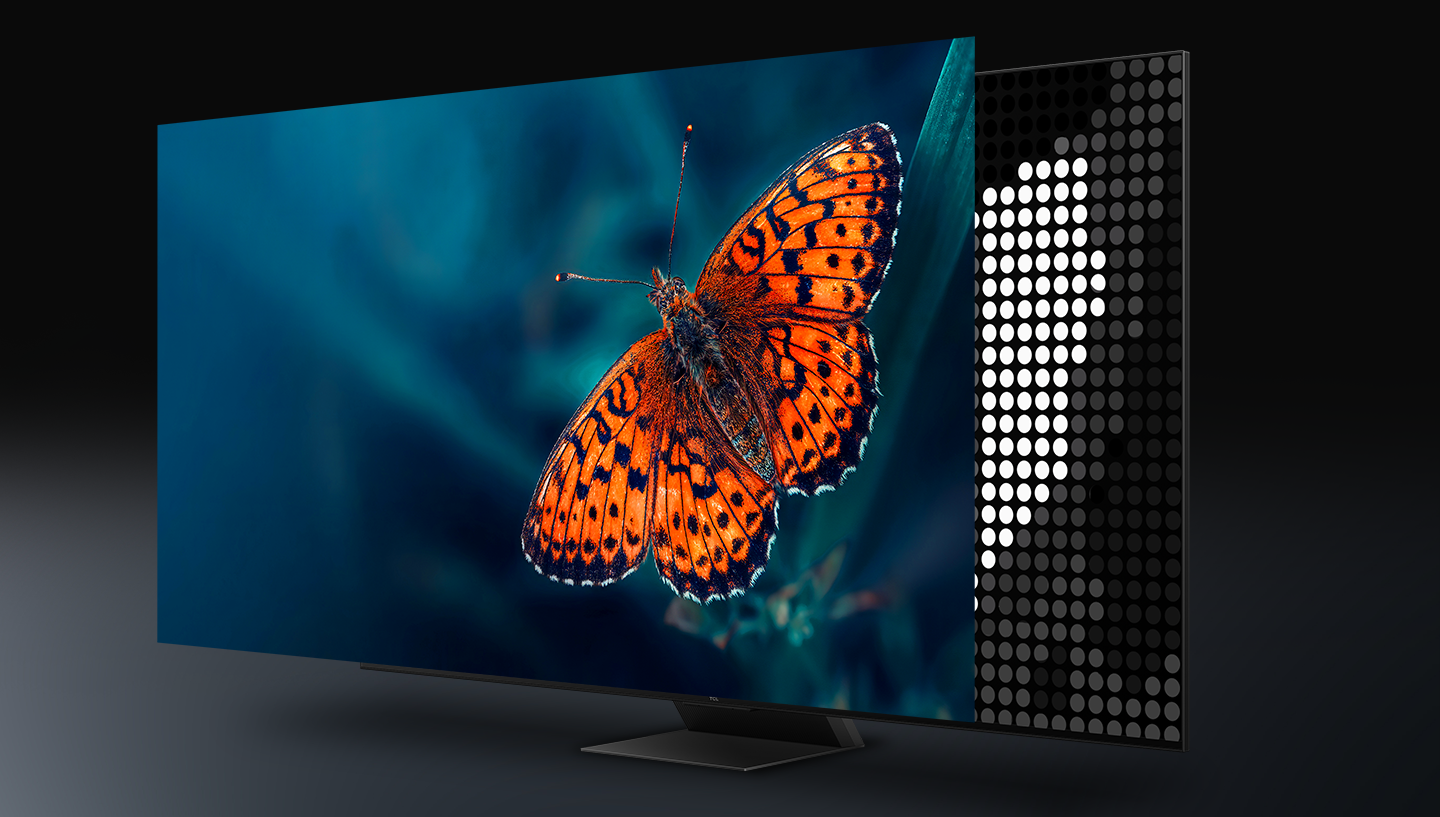
MiniLED vs OLED. A comparison
2023-07-11

What is Quantam dot technology for Tv's
2023-07-04

AFL powered by TCL Electronics
2023-04-13

Boxing Day Sales 2022
2022-12-21

Renegades Partner with TCL Electronics
2022-11-29

TV: To Mount or Not to Mount?
2022-11-29

Looking for a Big Screen TV?
2022-11-08

The C9 Series – TCL's Best 4K TVs
2022-11-01

Black Friday Sales Plus Cyber Monday 2022
2022-10-25

Men's T20 Cricket World Cup 2022 Australia
2022-10-25

TCL Sponsors Melbourne Cup 2022
2022-10-18

Is it Time to Upgrade Your TV?
2022-10-04

Best Streaming Apps 2022
2022-09-27

TCL X9 Series TVs
2022-09-20

Men's AFL Grand Final 2022
2022-09-06
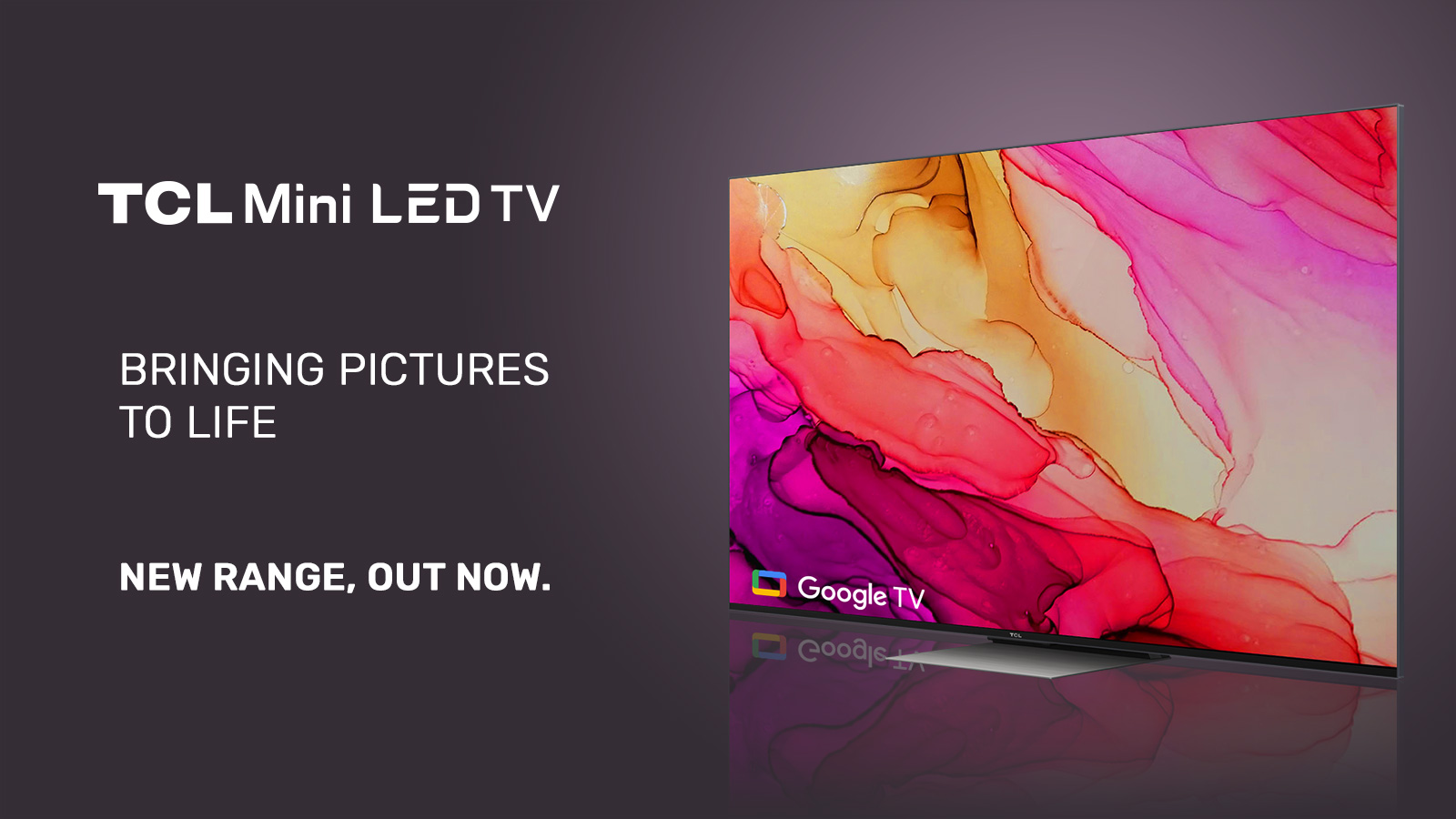
2022 TCL TV Range Launch
2022-08-03

Google TV vs Android TV
2022-06-06

What is Google TV?
2022-06-03

MiniLED vs OLED
2022-05-23

Watch Australian NRL on Your TCL Television
2022-05-21

How to Watch AFL on Your TCL TV
2022-05-14
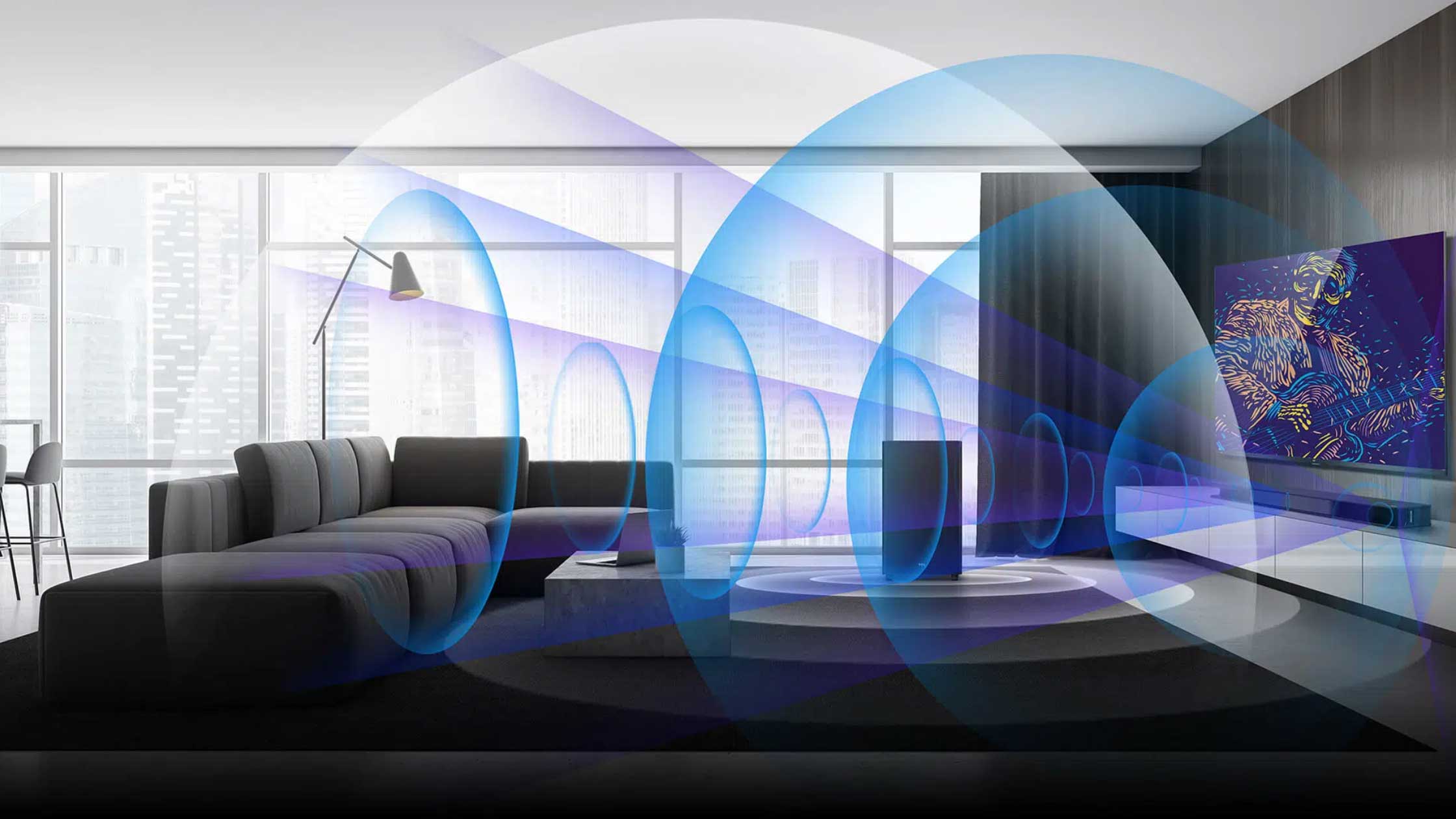
TCL Ray Danz Soundbar Reviews
2022-05-10

Fridge Buying Guide
2022-05-05
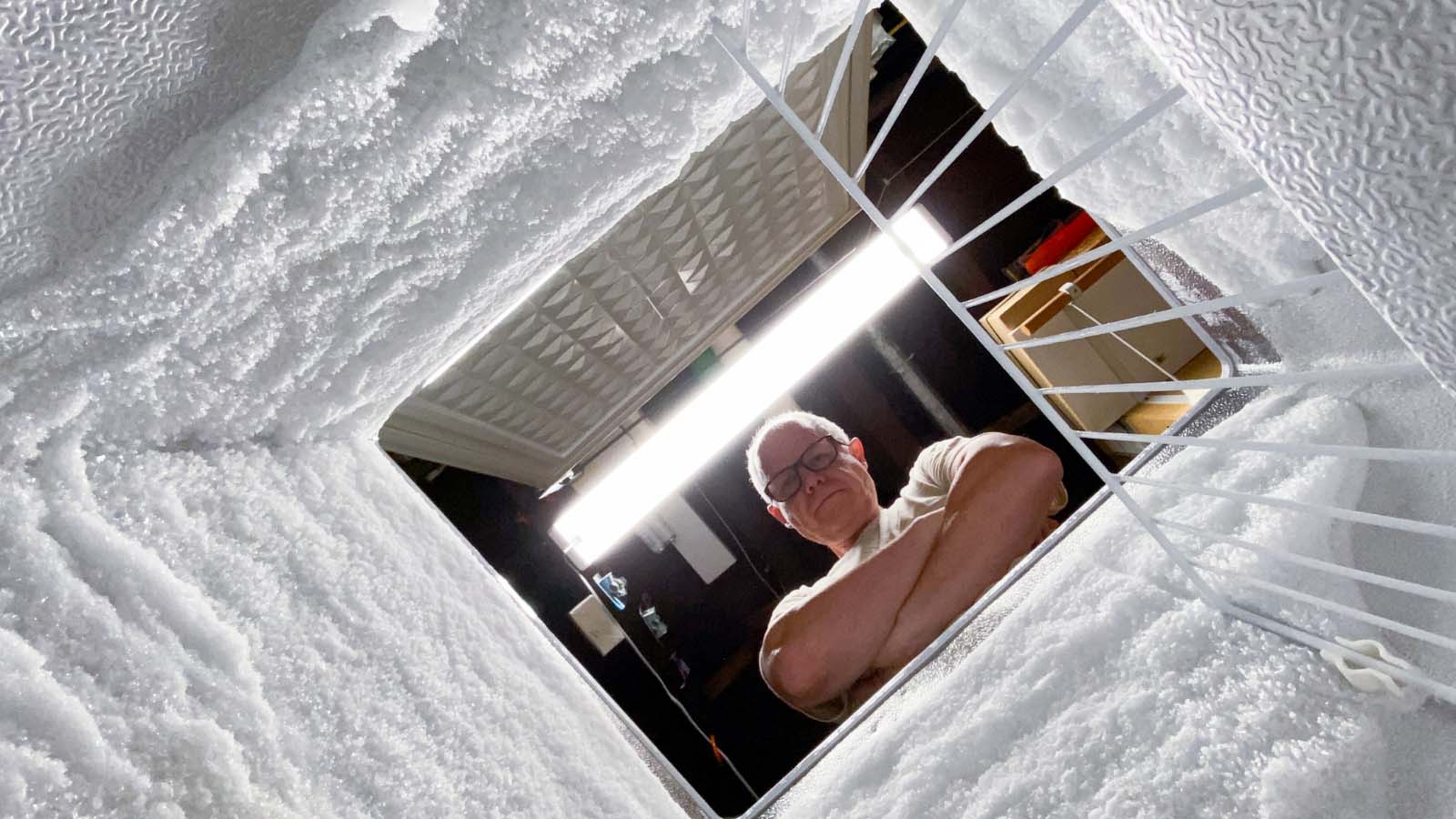
Freezer Buying Guide
2022-04-20

Watching Soccer on Your TCL Television
2022-04-11

Call of Duty: Vanguard
2022-01-05

Soundbar Buying Guide
2021-12-29

Boxing Day 2021
2021-12-17

The TCL C735 98" TV Overview
2021-12-15

What is the Ideal TCL TV for You?
2021-12-01

Smart TV and HD Televisions
2021-11-24

TCL Black Friday and Cyber Monday 2021
2021-11-18

TCL's Latest Australian Product Range
2021-11-17

Is My TV a Smart TV?
2021-11-03

How To Connect A DVD Player To A Television
2021-10-27

What Is a Mini-LED TV and Do You Need It?
2021-10-06

Laser TV: Options, Specifications & Quality
2021-09-29

How To Set Up Google Home on TCL TVs
2021-08-30

Top Mount Fridge: The Ultimate Buying Guide
2021-08-02

Finding the Perfect Bar Fridge
2021-07-26

Best Budget Sound Bar For Your TV
2021-07-19

Choosing & Finding Sound Bars For Your TV
2021-07-12

8K TV
2021-06-28

Thinking of buying a 4K TV?
2021-06-21

Why buy a 75 Inch TV?
2021-06-14

How to choose the best Smart TV for you
2021-05-31

TV Buying Guide: 6 Things You Need To Know
2021-05-17

Android or Smart TV - What's the Difference?
2021-03-05

Top New TV Shows on Stan 2021
2021-02-26

Australian Sports We Love to Watch
2021-02-19

Top 10 Most Expensive TV Shows Ever Made
2021-02-05

Boxing Day Sales in Australia
2020-12-11

How to Take Movie Night to the Next Level
2020-11-27

Black Friday TV Deals
2020-11-06

Choosing the Right TCL Soundbar
2020-10-26

The New TCL X915 8K QLED Android TV
2020-09-15

Mounting Your TV: What You Need To Know
2020-08-08

The New 2020 TCL P715 4K QUHD Android TV
2020-07-24

How to Successfully Host an AFL Party
2020-03-12

Product Spotlight: Series X X7 QLED TV AI-IN
2020-02-03

How to Decorate a Room Around Your TV
2019-10-14

FIBA Basketball World Cup 2019
2019-08-26

The Evolution of TV in Australia
2019-07-16

How to Buy a Premium TV on a Budget
2019-06-26

2019 Q1 Shipment Release
2019-04-17

8K TV and the Future
2019-04-01

Great Christmas Tech Gift Ideas From TCL
2018-11-19

The Melbourne Spring Racing Carnival
2018-10-31

The Perfect Sports and Gaming TV
2018-09-20

What is Chromecast & Why do I Need it?
2018-08-20

Buying a TV? Which TV Should You Buy?
2018-07-06

QLED vs OLED – What is the difference?
2018-04-10

Google Assistant & Artificial Intelligence
2018-03-23

Neymar Appointed TCL Ambassador
2018-02-13

TCL Named CES 2018 Innovation Awards Honoree
2018-01-31

TCL Android TV has arrived
2017-06-17

5 Reasons Why You Need Netflix
2017-06-08

5 Reasons Why You Need Smart TV
2017-06-08

TCL Smart TV & FreeView
2017-06-08

Which size TCL TV is best for you?
2017-06-08

Melbourne Victory partners with TCL
2017-01-17
This site uses cookies to analyse site traffic, improve your experience and personalize ads or other contents. By clicking Accept or continuing to browse the site, you are agree to our use of cookies. See our Privacy Notice here.Learn more








